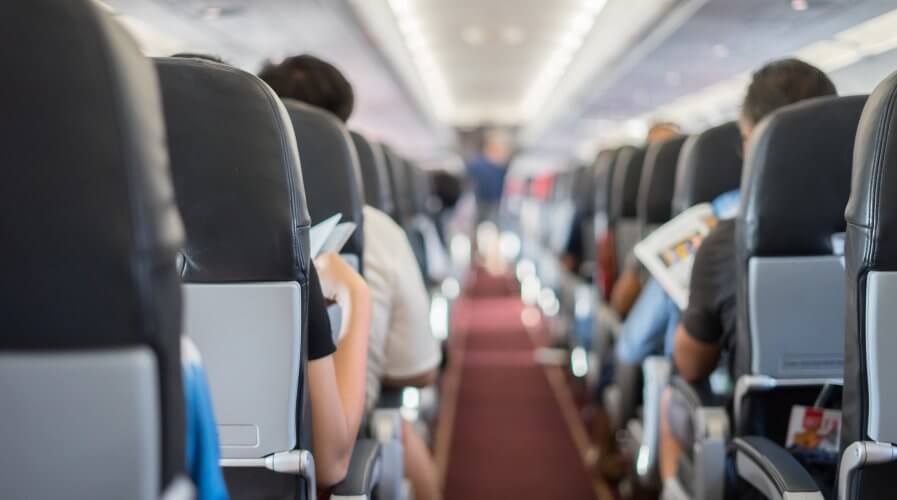
Technology can keep the skies safe. Source: Shutterstock
Can technology help make air travel less bumpy?
WHILE flying, pilots face various obstacles, including busy airspace and mountainous terrain. However, adverse weather is considered one of the biggest challenges for a pilot, as it can greatly affect flight safety and efficiency during all phases of flight.
Extreme weather conditions and erratic weather patterns are dangerous for pilots and passengers alike and result in poor visibility and reduced awareness of their surroundings — thus making it difficult to plan the smoothest and safest routes.
As such, it is pivotal that pilots are armed with all the necessary real-time information so that they are able to make better weather-related decisions quickly.
Adverse weather can cause flight delays, cancellations, diversions and turbulence, which can lead to airline revenue loss.
Weather-related delays and cancellations cost billions of dollars each year, while turbulence-related incidents cost airlines on average US$150,000 per incident.
Without advanced technologies to equip pilots with real-time and accurate weather information, the aviation industry will continue to take on economic losses due to weather-related damage, delays, and cancellations.
Furthermore, the risks are heightened in Asia Pacific, as the region continues to see increased air travel in developed and developing cities that experience adverse conditions such as brutal crosswinds and inclement weather, while surrounded by mountainous terrain.
According to the International Air Transport Association, Asia Pacific is set to become the biggest driver of passenger demand for air travel over the next two decades.
As such, airlines and aircraft operators are faced with the worry of having to cope with passenger demand while ensuring that risks of weather-related flight delays and cancellations are minimized.
Technology always has a solution
To help give pilots a clearer view of their flight path, companies are working on equipping aircraft with advanced systems that show a 3D display of the weather and scan the skies around the aircraft from zero to 60,000 feet.
Such technology helps predict developing hail and lightning in a storm five to 10 minutes before they occur, with more than 90 percent accuracy — giving pilots ample time to reroute for a safer and smoother flight.
It is also able to reduce turbulence-related incidents by more than 45 percent.
To help pilots have access to even more, real-time weather information, companies are leveraging in-flight connectivity to develop systems that crowdsource weather information from multiple aircraft to present a full picture of current and potential weather conditions.
“Using Honeywell’s GoDirect Weather, for example, pilots can gain an accurate, timely, and holistic view of surrounding weather and terrain. They’re also more aware of conditions around and ahead of them, so they can navigate better and quicker,” Brian Davis, Vice President, Airlines, Asia Pacific & Aerospace Leader, Honeywell International told Tech Wire Asia.
Big data analytics and the Internet of Things (IoT) which are increasingly becoming a staple for technology companies are set to transform air travel as well.
Achieving efficient flight operations requires insights into dozens of variables, spanning operating conditions, trajectories, fuel usage, weight, and balance across flights and fleets.
Legacy systems have kept much of this data separate, however, new technologies crunch the numbers and integrate the flight data into a single portal, providing powerful advisory and routing tools that deliver benefits from fuel savings and ensure smoother and safer flights.
The fact is, there’s plenty of new technologies out there that can make life better, flight safer, and the journey less bumpy.
READ MORE
- Strategies for Democratizing GenAI
- The criticality of endpoint management in cybersecurity and operations
- Ethical AI: The renewed importance of safeguarding data and customer privacy in Generative AI applications
- How Japan balances AI-driven opportunities with cybersecurity needs
- Deploying SASE: Benchmarking your approach




